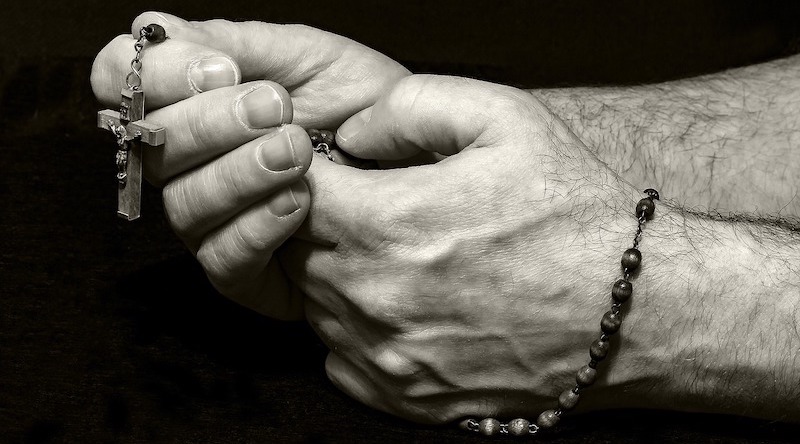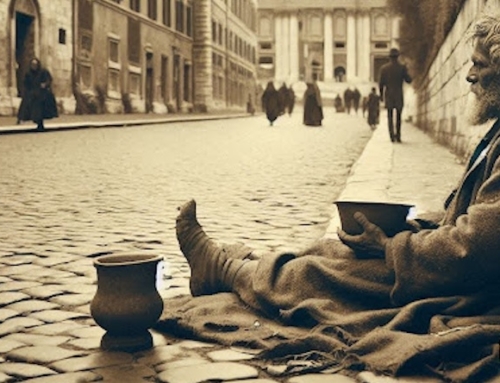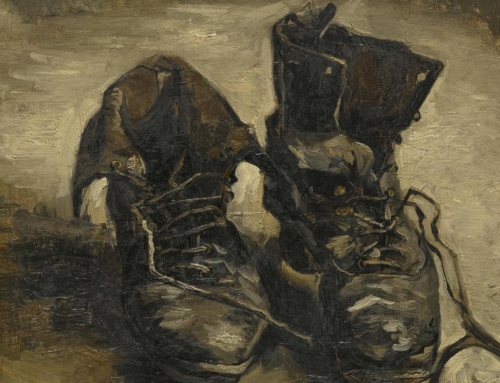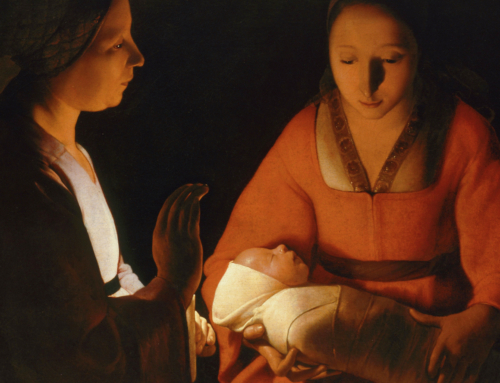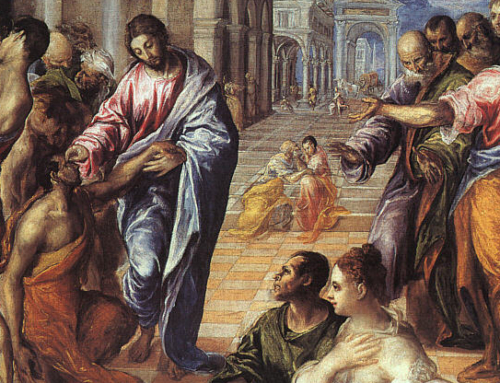In just over a week, thousands of pilgrims will make their way to the Basilica of the National Shrine of the Immaculate Conception in Washington, DC. Whether by plane, train, bus, car, or even on foot, they’ll gather in DC on September 28th for the second annual Dominican Rosary Pilgrimage.
Preparations for the event are ramping up among the friars. So with the rosary on my mind, I found myself thinking about an old adage connected with it: “The family that prays together, stays together.” The phrase, popularized in the 20th century by the Venerable Patrick Peyton, CSC, was a way of promoting family prayer, especially the family rosary.
But the phrase isn’t just a promotional slogan—it’s a true statement, bearing on both the nature of the family and of prayer. And given the unfortunate decline of family life in our country over the past decades, it’s worth pausing to ask: why? Why is it true that the family that prays together will stay together?
First, notice that the adage is almost always connected to the family rosary, or at least some domestic prayer routine, like before a family meal. It’s not: “Family members who pray stay together.” Nor even: “The family that goes to Mass together stays together.” Each member of a family might pray before bed (an excellent practice!), but each would do so as an individual. And although a family might attend Mass together, we don’t participate in Mass as a family, but rather as a Church, as members of the Body of Christ. In other words, the adage is about the family praying together as a family. Not a family praying at the same time as individuals or even as members of the Church, but praying together as a family.
I admit, this might be a challenging claim to wrap our heads around. It has become increasingly difficult to recognize that “family” doesn’t just mean “a collection of individuals living together under one roof.” Like the towns and countries we live in, and the Church of which we are members, the family is a true society. It is ordered whole, not a mere aggregate of individuals. Made up of individuals, yes, but of individuals who live and act together for the sake of some common goal—in this case, the common good of the family itself. Thus, just as we gather to offer praise and worship to our Heavenly Father at Mass precisely as members of the society of Christ’s Body, so too a family can—and as we’ll see, should—pray not just at the same time, but together as a family.
This brings us to the second point: prayer. Prayer is an act of religion (ST II-II, q. 81). It deals with our relation to God, and thus what we owe to God as a result of that relationship, i.e., recognizing our dependence upon Him through petition, by asking Him for the good things we need (ST II-II, q. 83). And while it’s certainly true that each individual has a personal relation to God, it’s equally important to note that each of our families does as well. The family is a reality that transcends the individuals who comprise it, and so does the family’s relation to God. In other words, a family not only can but should recognize its own unique dependence on God for all the good things the family has received from Him. And it does so by praying to Him as a family.
Why, then, does the family that prays together, stay together? At the sociological level, one could answer that praying together as a family both manifests and reinforces the reality that the family actually exists, that it’s not simply an aggregate of individuals, but a true society. On a deeper, moral level, praying together as a family also fulfills a natural and fundamental obligation every family has to recognize its unique relation and dependence on God. But at the deepest, supernatural level, praying to God as a family also obtains grace for the family as such, and perhaps the very grace that this family praying together will indeed stay together.
✠
Image: Myriams-Fotos, Praying the Rosary (used with permission)

